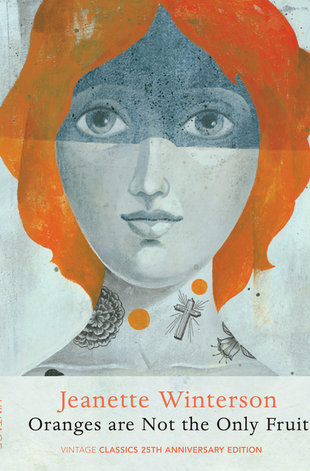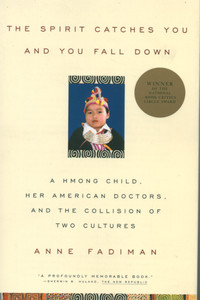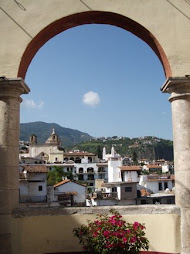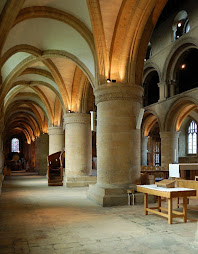Contrary to yesterday's post, soccer is not unappreciated and unnoticed in the United States. In fact, the world's most popular spectator sport has finally found itself a place in world's largest entertainment market. Of course, soccer is not about to usurp college football or Nascar or the NFL from the nation's sporting liturgy, but the nation has slowly and steadily created opportunities to attract and retain passionate fans.
The most important effort has been the creation of Major League Soccer (MLS) in 1996. Major investments in America's domestic league began with ten teams in 1996 as an effort to capitalize on the enthusiasm generated by the 1994 World Cup finals held in the United States. Rather than splash out on top European or Latin American players in hopes of attracting huge crowds, as the ill-fated North American Soccer League did in the 1970's, the initial investors agreed to tight-fisted salary caps. Moreover, for the sake of nurturing domestic talent, i.e. the national team, each club was limited to carrying only five foreign-born players.
The experiment has undergone a number of growing pains. At first, many of the teams competed in giant stadiums designed for American football. Though these established venues were happy to lease out space in the spring and summer months, their over-sized dimensions meant that even a great turnout of 20,000 fans would bring a stadium to maybe 25% capacity. Now many franchises have sought out smaller, more intimate venues on college campuses or minor-league ballparks. LA and Columbus even have soccer-specific stadia.
 Crew Stadium in Columbus, OH, offers a more fitting soccer venue than the city's 100,000-seat Ohio Stadium, aka "The Horseshoe."
Crew Stadium in Columbus, OH, offers a more fitting soccer venue than the city's 100,000-seat Ohio Stadium, aka "The Horseshoe."The name change for Dallas taps into the current MLS trend: burnishing a side's soccer bonafides by imitating established club names in Europe. Incremental expansion has brought Real Salt Lake, Houston Dynamo, Toronto FC, and soon Philadelphia Union. Los Angeles even has Club Deportivo Chivas USA, an American offshoot of the established Guadalajara club and the area's Spanish friendly counterweight to flash LA Galaxy.
 Stuart Holden of Amigo Energy (Houston Dynamo) challenges Seth Stammler of Red Bull (New York Red Bulls). Photo by Mike Stobe for Getty, 16 May 2009.
Stuart Holden of Amigo Energy (Houston Dynamo) challenges Seth Stammler of Red Bull (New York Red Bulls). Photo by Mike Stobe for Getty, 16 May 2009.







.jpg)
No comments:
Post a Comment